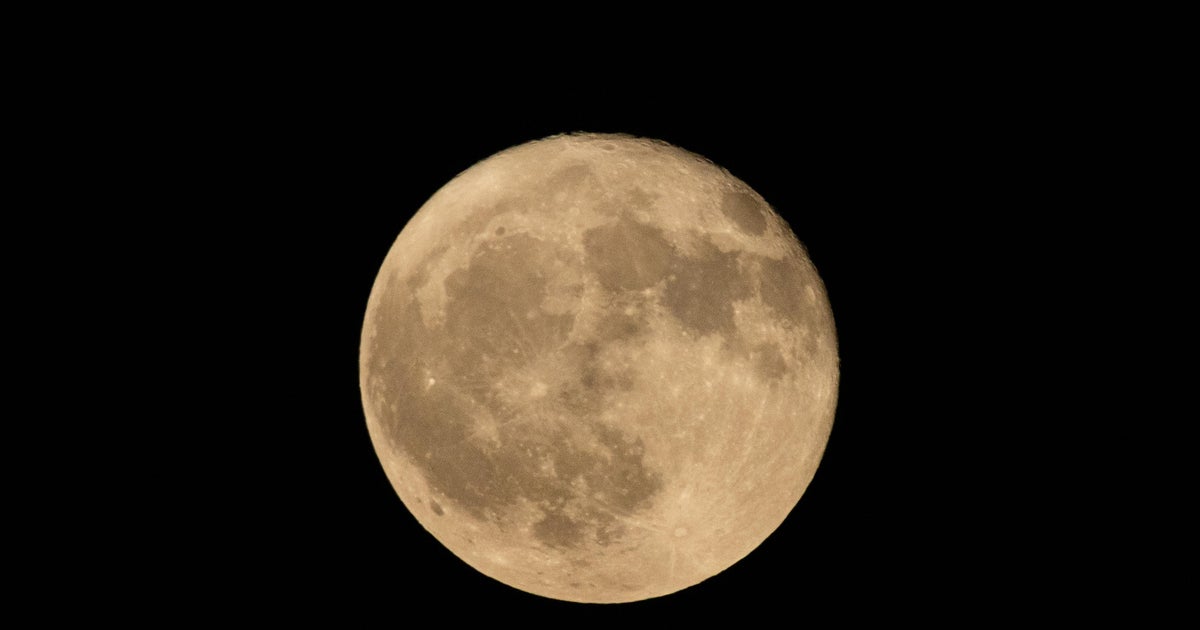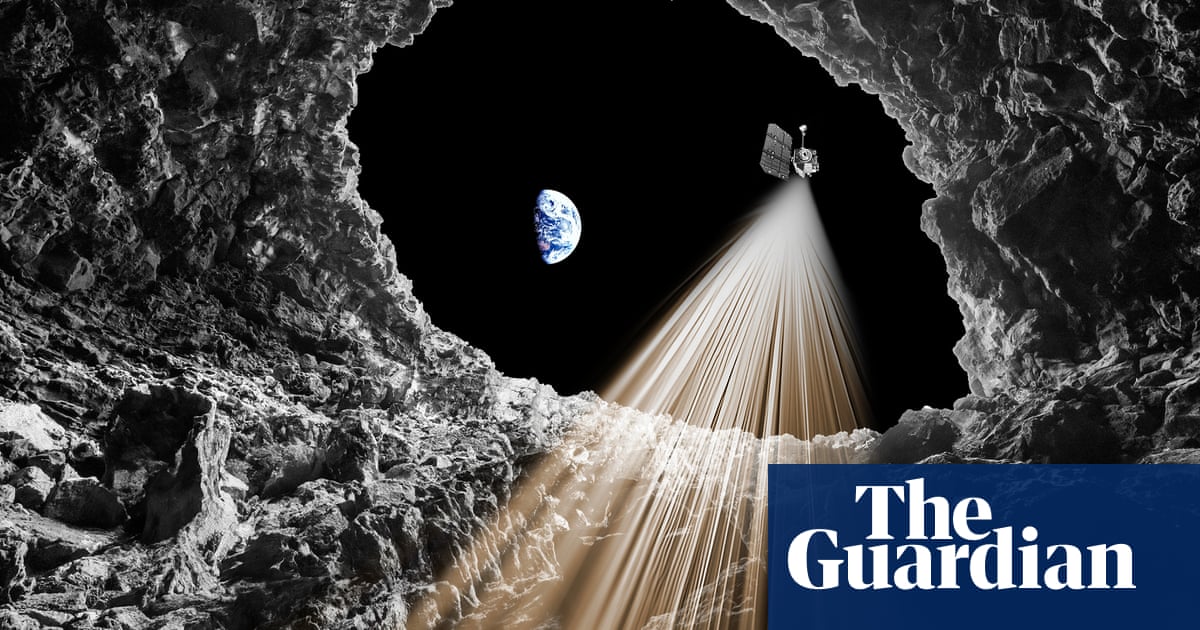Scientists have made an exciting discovery on the moon: a cave that could potentially serve as a shelter for future astronauts. The cave, located at the Sea of Tranquility and approximately 250 miles from Apollo 11's landing site, was confirmed through radar measurements taken by NASA's Lunar Reconnaissance Orbiter.
The cave is believed to be accessible from the deepest known pit on the moon and is estimated to be at least 130 feet wide and tens of yards long. Researchers suspect that there could be hundreds more similar caves on the moon, which could provide natural shelter for astronauts from harsh surface conditions.
The discovery was made by an Italian-led team, who analyzed radar data and compared it with lava tubes on Earth to confirm the existence of the cave. The findings were published in the journal Nature Astronomy.
During NASA's Apollo program, 12 astronauts landed on the moon between 1969 and 1972. The discovery of these caves suggests that future lunar exploration could be made more feasible by utilizing natural shelters instead of building habitats from scratch.
Rocks and other material inside these caves can also provide valuable insights into the moon's formation and volcanic history, as well as potential water ice resources essential for long-term lunar missions and colonization.
The cave discovery could potentially redirect plans for lunar colonies and startup plays in the space industry. For instance, Intuitive Machines, a private company planning a moon landing later this decade, may consider utilizing the cave as part of their mission.



